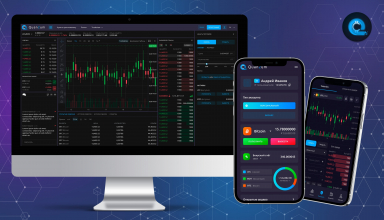
Experts Analyze Bitcoin's Behavior After Halving
Specialists have analyzed Bitcoin's behavior after each occurrence of the reward reduction for miners, known as "halving."
Over the past 12 months following each halving, the price of the leading cryptocurrency has, on average, increased by 3230%, according to CoinGecko data.
The analysis results are as follows:
–After the first halving on November 28, 2012, the price of Bitcoin surged by 8858%, from $12 to $1075 over the next year. Inflation decreased from 25.75% to 12%.
–Following the second halving on July 9, 2016, the price rose from $650 to $2560, marking a 294% increase over a similar period. Inflation rates dropped from 8.7% to 4.1%.
–The third halving on May 11, 2020, resulted in a price increase of 540%, from $8727 to $55,847. Inflation decreased from 3.7% to 1.8%.
Analysts note that each subsequent halving leads to a halving of miner profitability. However, the higher growth after the third halving, compared to the second, is explained by the dramatic increase in the money supply due to the Federal Reserve's accommodative monetary policy.
Halving Impact
Experts remind that halving the miner reward in half is a mechanism to restrain inflation.
Unlike traditional currencies, the rate of Bitcoin supply growth is predictable, constant, and decreases with each halving.
As the issuance of new coins decreases, prices of existing ones become more attractive. With an increasing number of bitcoins in circulation, price formation becomes more efficient.
Currently, 19.6 million bitcoins out of the possible 21 million have been mined (93.3%), with inflation at about 1.74%. According to experts, this indicates that the price of Bitcoin will rise if demand exceeds the current level of supply growth by 1.74%.
The same will hold true after the fourth halving (around April 20), if demand exceeds inflation, which will decrease to less than 1%.


